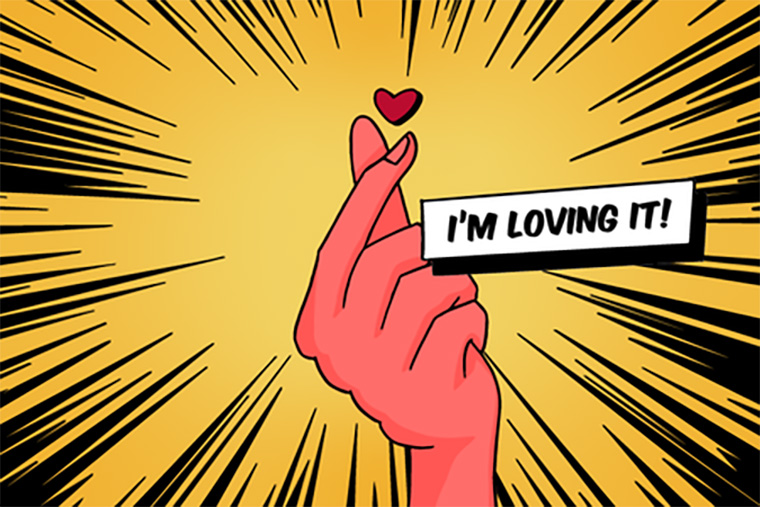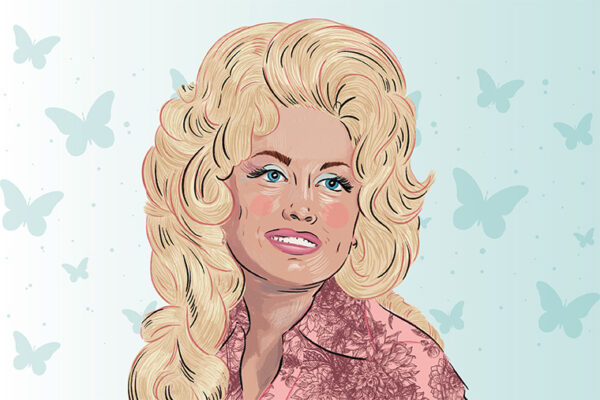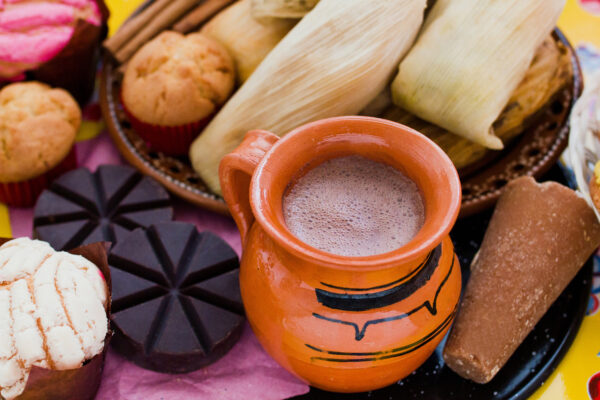What do K-pop music and McDonald’s restaurants have in common? Not much, actually. But these iconic institutions are great entry points into the study of modern East Asian culture.
In “From McDonald’s to K-pop: New Movements in East Asia,” students explore values in East Asian societies as well as how pop culture moves within the region and around the world, from West to East and back again.
“I wanted to introduce East Asia to American students a little bit more creatively,” says Linling Gao-Miles, senior lecturer in the Global Studies Program in Arts & Sciences. “They are familiar with anime, sushi, K-pop, ramen, Hello Kitty, McDonald’s. So, we use those references to explore East Asia and transnational cultural flows.”
For example, K-pop was influenced by international genres, including J-pop from Japan and hip-hop, while incorporating aspects of traditional Korean music. Using K-pop, students examine a key theme of the course: the relationship between local cultural phenomena and the complex process of globalization.
Similarly, McDonald’s is a Western import that has adapted to local norms. In China, family is central to its Confucian culture, so McDonald’s restaurants there cater to children and young families. “Auntie McDonald would keep a book of the kids’ profiles and send out birthday cards,” Gao-Miles says. McDonald’s in China had to reconsider the concept of fast food, she says, to move from an individual grab-and-go meal to more of a family and community experience.
McDonald’s menus also are adjusted to local tastes. In China, McDonald’s serves deep-fried drumsticks, taro root pie and congee (porridge). In Japan, it offers a teriyaki McBurger, and in South Korea there is a spicy creamy sauce shrimp burger. Meanwhile, Americans are eating East Asian foods such as stir fry, sushi and ramen, often adjusted for U.S. palates (for example, California rolls and cashew chicken).
When studying Japanese culture, students find out that Hello Kitty is so much more than a cat. Gao-Miles says examples of Japanese cuteness culture (kawaii) like Hello Kitty are linked to shoujo, an ideal promoted by the Japanese government in the late 19th century to teach young girls to be good wives and wise mothers.
‘The interesting thing is now the Japanese government is making gains in cultural diplomacy by selling these cuteness culture products to the world. In class, we discover that this is in sharp contrast to Japan’s hyper-masculine past when they pursued imperialism and colonization.’
Linling Gao-Miles
“The interesting thing is now the Japanese government is making gains in cultural diplomacy by selling these cuteness culture products to the world,” Gao-Miles says. “In class, we discover that this is in sharp contrast to Japan’s hyper-masculine past when they pursued imperialism and colonization.”
In discussions about pop culture, students tackle questions about ethnic, cultural and national identities, as well as basic cultural norms in East Asian societies, such as the evolution of family and kinship, filial piety (respect for one’s elders), face (an individual’s public self-image), social networks and gift giving.
William Cho, a rising senior in global studies from South Korea and a fan of K-pop, says this class taught him how freely pop culture transcends national borders. He was drawn to the course by its title. “I was interested to see how McDonald’s could possibly be connected to K-pop,” he says. “That was more than enough reason for me to register.”
Valerie Magallon, a rising sophomore planning to study psychological and brain studies as well as global studies, says the course expanded her perspective on material culture in East Asia. “Seeing how it has been commodified in the West and vice versa has been an eye-opening experience,” she says.
This course draws students from art, architecture, business ,and engineering, as well as from Arts & Sciences. Some have an interest in manga graphic novels or K-pop. Others collect characters like Sonny Angel figures, considered part of the cuteness culture.
“I think that it’s very cool that what they study in the classroom can apply to their own cultural habits and preferences,” Gao-Miles says. “In this way, they can think about their own consumerism.”



